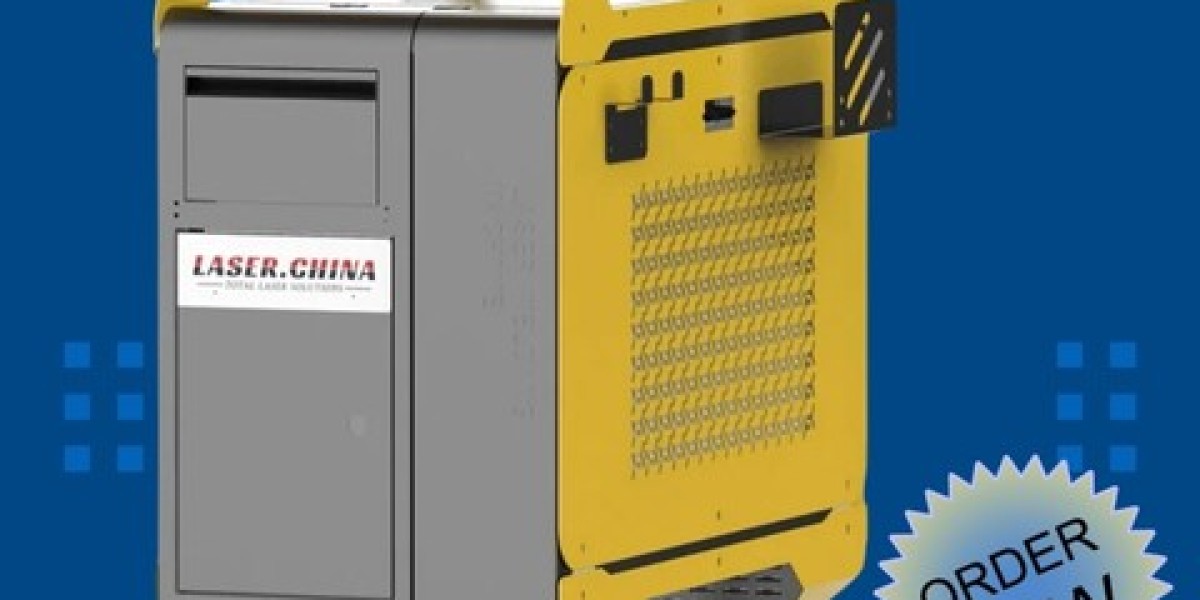At the core of laser paint removal is the principle of laser ablation. This process uses focused light energy to break down paint molecules at the surface of a material. The laser interacts with the paint layer, vaporizing it while leaving the underlying substrate intact. This makes it particularly useful for delicate surfaces or materials that are prone to damage from mechanical or chemical treatments.
One of the significant applications of laser paint remover technology is in the automotive industry. Restoring car bodies, especially classic vehicles, requires meticulous attention to avoid compromising the metal beneath the paint. Lasers can selectively remove multiple layers of paint, primers, and coatings with minimal risk. Automotive restoration shops increasingly rely on laser systems to prepare surfaces for repainting or inspection, achieving results that are uniform and efficient.
Beyond automotive applications, laser paint removers are valuable in aerospace and industrial sectors. Aircraft maintenance, for instance, often involves repainting large fuselage sections. Traditional sanding or chemical methods generate significant amounts of waste and can pose safety hazards to workers. Laser paint removal mitigates these concerns by converting paint into microparticles that are easier to collect and manage, reducing environmental impact. The precision of laser systems ensures that even complex geometries or curved surfaces receive consistent treatment without over-processing areas that do not require attention.
Environmental considerations also play a pivotal role in the adoption of laser paint removal. Chemical strippers can introduce toxic solvents into the environment, while sandblasting may disperse fine particulate matter. Laser systems offer a cleaner alternative, producing minimal residue and lowering the risk of contamination. Facilities using laser paint removers often report a reduction in hazardous waste handling and disposal costs, creating safer workplaces and supporting sustainability initiatives.
For operators, laser paint removal systems provide a high degree of control. Adjustable parameters such as power intensity, pulse duration, and scanning speed allow customization based on the type of paint, substrate material, and thickness of coatings. This adaptability ensures efficient removal while minimizing heat generation that could potentially warp sensitive materials. Technicians can achieve uniform results across both small-scale projects and large industrial surfaces, making laser systems versatile tools in various professional contexts.
Maintenance and operational efficiency are also important considerations. Unlike abrasive tools that wear down or chemical agents that require regular replenishment, lasers have long service lives and relatively low ongoing maintenance requirements. This reduces operational downtime and allows businesses to maintain consistent productivity levels. Modern laser paint removers are increasingly compact and user-friendly, enabling easier integration into existing workflows without extensive infrastructure changes.
In practical applications, safety remains a priority. Operators typically work with protective eyewear and follow protocols to manage laser exposure. Many systems include automated features such as enclosed chambers or guided robotic arms to reduce direct interaction, further enhancing safety. The precision and repeatability of lasers also reduce the likelihood of accidental damage to the substrate, which can occur with manual methods.
The adaptability of laser paint removal extends to a wide range of materials. Metals, plastics, composites, and even delicate finishes on historical artifacts can be treated effectively. Museums and restoration experts, for example, employ laser paint removers to clean surfaces without compromising the integrity of original coatings or underlying textures. This capability highlights the value of lasers in both industrial and specialized professional settings.
Cost considerations often influence the choice of paint removal methods. While initial investment in a laser system may be higher compared to traditional tools, the efficiency, speed, and reduced labor requirements can offset this over time. Faster processing times and the ability to handle multiple layers in a single pass translate into tangible operational benefits. Additionally, minimizing damage to substrates lowers the risk of costly repairs or material replacement.
Training and expertise are important aspects of leveraging laser paint removers effectively. Operators must understand the interplay between laser parameters, material properties, and desired outcomes. With proper training, technicians can optimize settings for different applications, ensuring consistent results and avoiding errors. Many manufacturers provide instructional programs or resources to help users maximize the potential of laser systems.
Looking toward the future, innovations in laser technology continue to expand the scope of paint removal applications. Advances in laser wavelength, pulse modulation, and automated scanning systems allow faster processing, enhanced precision, and improved energy efficiency. Integration with robotic arms or automated conveyor systems supports high-volume industrial operations, further cementing laser paint removal as a leading method in surface preparation and restoration.
From automotive workshops to industrial plants, and from delicate art restoration to aerospace maintenance, laser paint remover systems are redefining the way paint is stripped from surfaces. The combination of precision, efficiency, environmental benefits, and adaptability positions laser technology as a forward-looking solution for professionals seeking consistent, high-quality results.
Final Thoughts
Laser paint remover technology represents a shift toward safer, cleaner, and more efficient surface treatment. By combining precision with adaptability, it meets the demands of modern industries while reducing environmental impact and labor intensity. As adoption grows across automotive, aerospace, industrial, and restoration sectors, lasers are becoming an indispensable tool for anyone requiring reliable and controlled paint removal.








